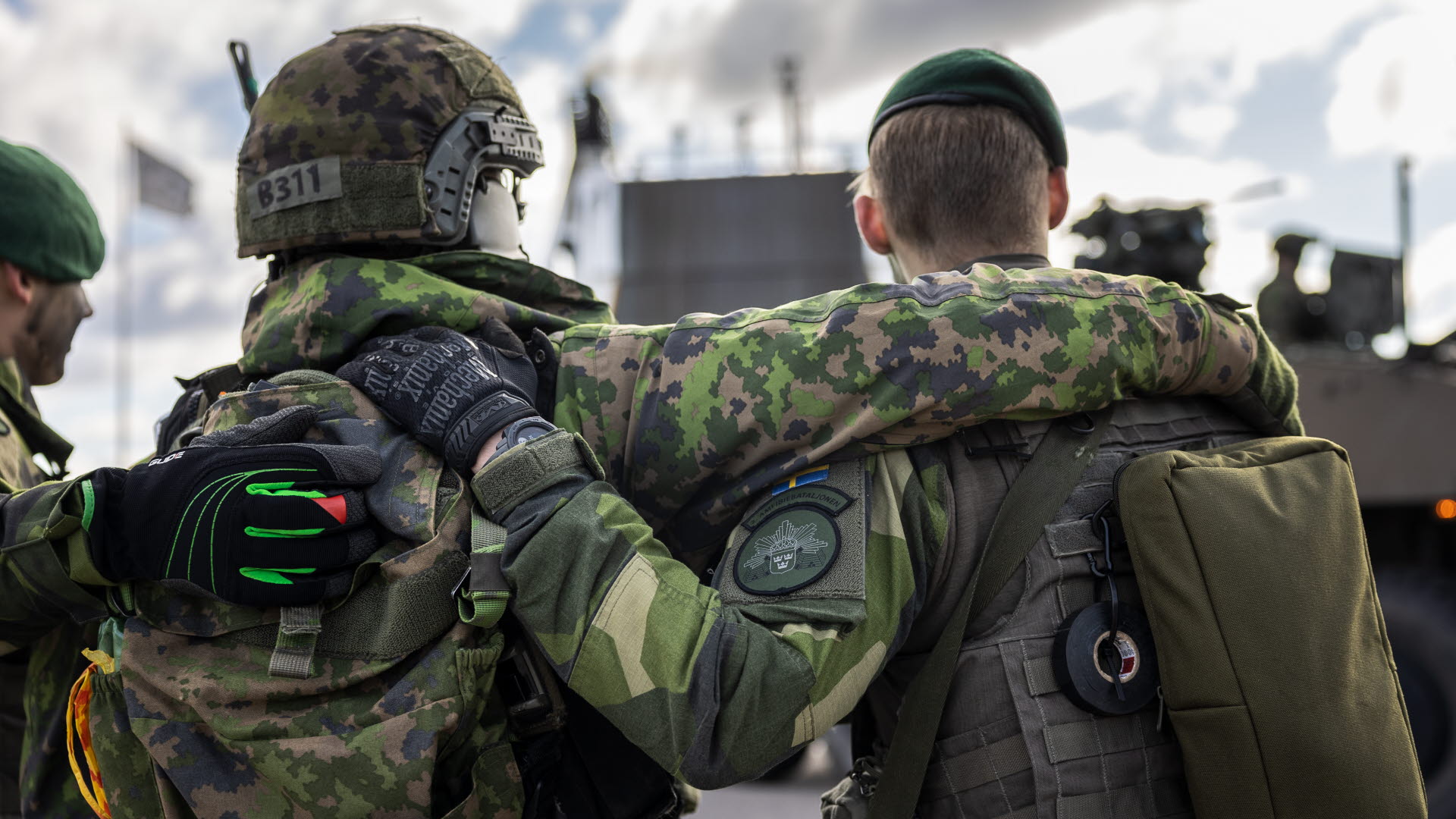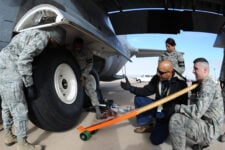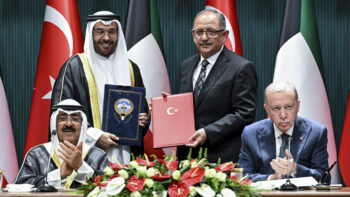
Swedish and Finnish air defense units exercise together for the first time during exercise Aurora 23. (Swedish Armed Forces)
BELFAST — After watching neighbor Finland join NATO in April, Sweden is expected to add its name to the alliance as its 32nd member soon.
The two Scandinavian nations applied for membership together immediately after Russia’s invasion of Ukraine as northern European security became highly unstable. Though Finland received safe passage, objections from Turkey have delayed Sweden’s NATO entry.
[This article is one of many in a series in which Breaking Defense reporters look back on the most significant (and entertaining) news stories of 2023 and look forward to what 2024 may hold.]
To support the bid, Turkey demanded concessions from Stockholm around stricter terrorism laws and a firmer approach to dealing with PKK militants and the Gulen movement. The Gulen movement stands accused by Ankara of bearing responsibility for the 2016 coup against president Recep Tayyip Erdogan. Both Sweden and Finland also lifted arms embargoes on Ankara in return for Turkey’s cooperation on NATO membership.
With all political disputes settled, only Turkish and Hungarian parliamentary votes remain to ratify Sweden’s accession before NATO welcomes its newest member.
“I look forward to welcoming Sweden as a full NATO ally in the very near future,” said Jens Stoltenberg, NATO Secretary General in October.
Sweden’s main security guarantee of alliance membership sits under Article 5, which considers any attack on a NATO ally as the basis for retaliatory action by all. It will also benefit from the alliance’s nuclear capabilities and the associated deterrence effect those capabilities have on an enemy’s strategic decision making.
After announcing a defense spending increase of SEK 27 billion ($2.4 billion USD) from 2023 to 2024 — a rise of 28 percent — Sweden expects to hit NATO’s two percent GDP spending target next year. Stockholm has doubled military spending since 2022, with a total of just under SEK 120 billion ($10.8 billion USD) made available for 2024.
A partner country with NATO since 1994, Sweden participates in NATO-led exercises, contributing to the alliance’s Resolute Support Mission in Afghanistan, and has attended a range of alliance meetings since receiving invitee status.
Not being a member of NATO, however, excludes the Nordic country from any collective defense obligations or “common operational planning,” according to the Swedish Armed Forces.
Once entry has been approved, Stockholm is widely expected to make a substantial military contribution to NATO, especially across air and sea domains.
Carl Bildt, a former Swedish Prime Minister, estimated that the Baltic Sea Region could be patrolled by more than 250 fighter jets once Swedish and Finnish fleets are active in the alliance, while the island of Gotland could become a NATO forward operating base. The island is of strategic importance as it sits in the heart of the Baltic Sea between Sweden and the Russian province of Kaliningrad.
Sweden looks set to join NATO at a time of huge uncertainty regarding the future of military aid for Ukraine — with Europe facing the prospect of financing the war effort without the vast resources of the US, should Donald Trump return to power and he follow through with a threat to cut or reduce support to Kyiv.






















